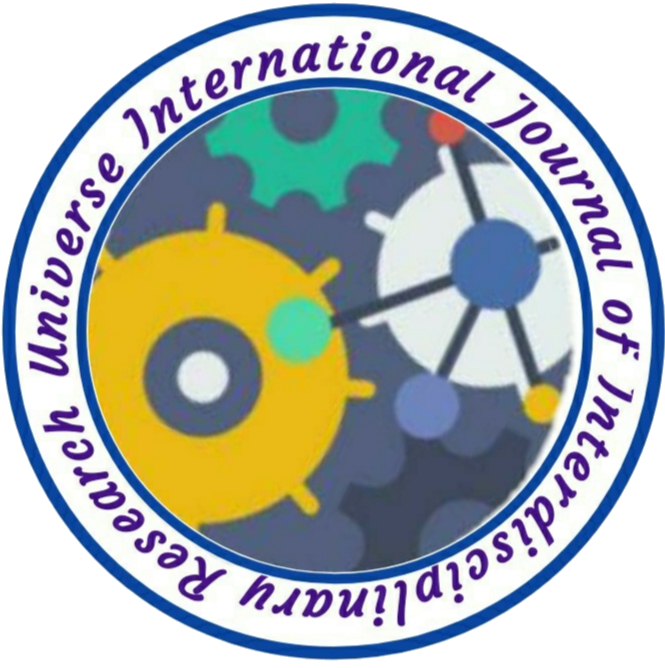A STUDY TO ASSESS THE EFFECTIVENESS OF PLANNED TEACHING PROGRAMME ON KNOWLEDGE REGARDING RISK OF CANCER DUE TO EXCESSIVE USE OF PLASTICS AMONG THE PEOPLE OF SELECTED RURAL AREAS OF MEHSANA DISTRICTS
Author Name: 1. Ms. Sejal Patel, 2. Ms. Drashti Chaudhary, Mr. Vishal Prajapati, Mr. Shailesh P. Chaudhary, Ms. Jinal Chauhan, Mr. Abhay Joshi
Volume/Issue: 05/10
Country: India
DOI NO.: 08.2020-25662434 DOI Link: https://doi-ds.org/doilink/03.2025-86336541/UIJIR
Affiliation:
- HOD of Community Health Nursing department, Merchant Nursing College, Basna, Dist.: Mehsana, India.
- 3rd Year B.sc Nursing student, Merchant Nursing College, Basna, Dist.: Mehsana, India.
ABSTRACT
INTRODUCTION: The link between plastics and cancer is a complex and ongoing topic of research and concern. Plastics are composed of various chemical compounds, and some of these compounds have been associated with potential health risks, including the development of cancer. Plastics are responsible for wide-ranging health impacts including cancers, lung disease and birth defects, according to the first analysis of the health hazards of plastics across their entire life cycle – from extraction for manufacturing, through to dumping into landfill and oceans. The main objective of this study is to highlight the potential findings related to micro and nano particles in terms of human health and to investigate the possible relationship between the exposure to those particles and potential carcinogenic effects. Epidemiologic studies found positive associations between occupational plastic exposure and increased cancer incidence. According to a study, few chemicals in plastic dissolve some plastic into the food and beverages we consume. Those chemicals result in severe health problems like metabolic disorders and decreased fertility. It can get worse if the plastic is exposed to heat as it elevated the damaging chemicals at a faster and increased amount into the items than at a normal state. Nowadays, micro- and nanoplastic particles can be found almost everywhere, being especially harmful for humans. Their absorption, primarily via inhalation and digestive routes, might lead to a particularly dangerous accumulation of those substances within the human body. Due to the alarming increase in contamination worldwide and excessive production of plastics and synthetic materials, there is an urgent need to investigate the effects of those substances on human health. So far, it has been observed that nano- and microplastics might be extremely harmful, leading to serious health conditions, such as cancers of various human body systems. DESIGN: A quantitative approach using quasi-experimental one group pre-test post-test design. PARTICIPANTS: 60 Rural area people were selected using Probability- Simple Random sampling technique in selected Rural area of Mehsana district. INTERVENTIONS: Planned teaching programme was given to the Rural area people. TOOL: Self planned Questionnaire was used to assess the level of Knowledge regarding risk of cancer due to excessive use of plastic among the people of selected rural area. RESULTS: In this study overall Among the 60 Rural area people the majority of the samples 20(34%) were in the age group of 41-50 years, 40(67%) of the sample were in the male gender, 30(50%) of the sample were in the stream of education, 47(78%) of the samples were in Joint family, 32(54%) of the samples were in previous source of information. CONCLUSION: The findings of the study revealed that Planned teaching programme helps in improving knowledge regarding risk of cancer due to excessive use of plastic among the people of selected Rural area
Key words: Assess, Effectiveness, planned teaching programme, Knowledge, risk of cancer due to excessive use of plastic, Rural area people.

No comment